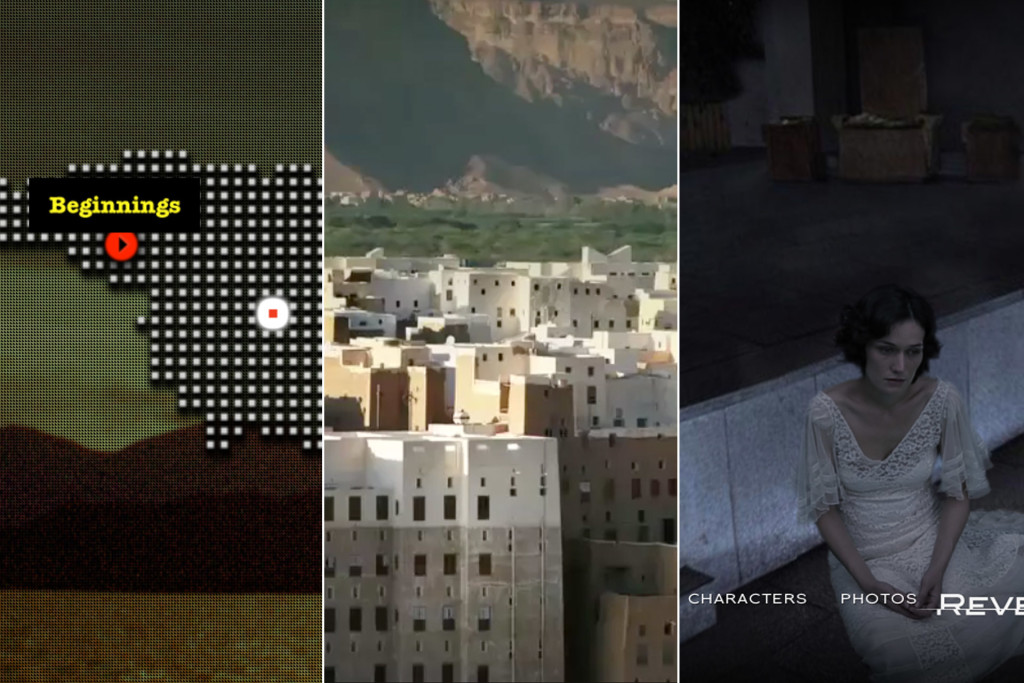Why Aren’t There More Tablet-Friendly Transmedia Projects?

November 20, 2013
Share
We’re really excited about a part of our upcoming tablet app that we’re internally referring to as the “sandbox” area. The idea is that we’ll experiment with new forms of storytelling produced specifically for this medium. Some projects will be developed in conjunction with broadcast films; others may be produced specifically for the app.
As we’ve been kicking off this process by looking at some of the most interesting transmedia projects out there, I’ve been struck by how few of these projects work in a tablet web browser – the majority seem to be created for desktop computers or as native applications. This is changing but since tablets have been available for more than three years it surprised me a bit. I wanted to find out why this was the case.
Tablet web browsers are horrible
In key areas such as video, 3D and animations, both iOS (Apple’s operating system for the tablet) and Android have significant disadvantages in the browser, as compared to a native app. In most cases you can only play one media type at once – for example, you can play a video or an audio file, but not both simultaneously. In the case of iOS the industry standard 3D library (OpenGL) is available to applications but frustratingly not in the browser. There are some tricks (including animations) that can soften the blow but it’s still quite complicated.
In many cases these limitations are probably a good thing – tablets are generally not that powerful as compared to computers and can’t handle anything too processor intensive. Like video game consoles they’re largely optimized for very specific things – like watching a single video or animation – and start to crawl in other situations.
Design attention is generally elsewhere
From a design standpoint it’s immensely frustrating if you envision your project on the desktop and then have to work with some of the limitations of the tablet web browser afterwards. In order to produce the best possible experience you need a lot of resources to execute the project and need to think about the technical capabilities of tablets early on.
If you look at The New York Times’s outstanding “Snow Fall” interactive on a desktop web browser it’s wonderfully timed: Video starts automatically, colors change as you scroll and so forth. It’s a very well thought-out experience.
If you look at the same link on an iPad browser, you’ll quickly note that the video doesn’t start on its own (which for some who loathe auto playing audio/video is actually a blessing in disguise) and things just aren’t as fluid. That’s not to say it’s not still a compelling experience and certainly not to say that there weren’t teams of people working hard to try and get it up to snuff – more that the creative forces behind projects like this need to dedicate more resources to accommodating the platform. Right now many (but certainly not all) adaptations of lush desktop designs seem like afterthoughts by comparison.
It’s still early days
As with all technology this situation is evolving rapidly – and there are some new projects coming out that take advantage of this medium. Hopefully Apple and Google will dedicate resources towards making their browsers more functional and technologies that let us behave in a more app-like way (like WebRTC) will be adopted.
Fundamentally it will take a while for the grammar of this medium to take shape. And it will take longer still for these ideas to evolve away from simply flashy experiments into something that’s truly usable. In the meantime it’ll be fun to experiment with … if you’ve seen any projects that interest you please let us know in the comments.
Latest Documentaries
Policies
Teacher Center
Funding for FRONTLINE is provided through the support of PBS viewers and by the Corporation for Public Broadcasting. Additional funding is provided by the Abrams Foundation; Park Foundation; the John D. and Catherine T. MacArthur Foundation; and the FRONTLINE Journalism Fund with major support from Jon and Jo Ann Hagler on behalf of the Jon L. Hagler Foundation, and additional support from Koo and Patricia Yuen. FRONTLINE is a registered trademark of WGBH Educational Foundation. Web Site Copyright ©1995-2025 WGBH Educational Foundation. PBS is a 501(c)(3) not-for-profit organization.


















